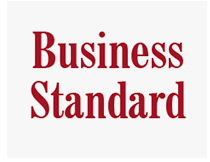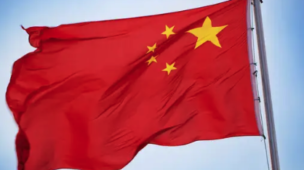Tempo de leitura: 4 minutos
Free Trade Zones (FTZs), also known as a free commercial zone, are a sub-category of special economic zones. They are fenced-in, duty-free areas, offering warehousing, storage, and distribution facilities for trade, transshipment, and re-export operations, without the intervention of the customs authorities.
There are several definitions of FTZs referring their different characteristics:
- Geographic form
- Type of business
- Industrial specialization (service, technology, logistics, construction, assembly, etc.)
However, the FTZ regime attempts to provide favorable conditions that decrease business transaction costs, promote investments, facilitate trade, encourage employment generation and guide certain economic reforms. Free-trade zones are mostly settled around major seaports, international airports, and national frontiers—areas with many geographic advantages for trade.
Free zones generally fall into one of four categories: free trade zones, export processing zones, special economic zones and industrial zones:
- Free trade zones, typically located near seaports or airports, mainly offer exemptions from national import and export duties on goods that are re-exported. Local services gain, even if little, as value added to the goods traded.
- Export processing zonesgo a step further by focusing on exports with a significant value added, rather than only on re-exports.
- Special economic zonesapply a multi-sectorial development approach and focus on both domestic and foreign markets. They offer a vast of incentives including infrastructure, tax and customs exemptions and simpler administrative procedures.
- Industrial zonesare targeted at specific economic activities, like media or textiles, with infrastructure adapted accordingly.
Nowadays there are several hundred free zones around the world, and the MENA region has a fair share of successes, from Dubai’s media and Internet cities that caught the early wave of the e-economy, through Egypt’s Gulf of Suez all the way to the Tangier Free Zone.
In the MENA region, there are around 73 free zones, and 17 MENA countries have some type of free zone in place or in development.
DMCC Free Zone, United Arab Emirates: DMCC adopted a smart city strategy in 2016 to ensure the zone to offer its community the latest technology and connectivity in amenities. DMMC was the world’s first free zone to offer electronic signature capabilities to its members, and since the end of 2016, more than 8000 contracts have been delivered using e-signatures.
Tanger Med Zones, Morocco: Investors are attracted to Tanger by the access to shipping routes through the strait, which is just 14 kilometers from Europe. Plans are in place to open a secondary zone in Ain Dailla – Tangier, which will boast 1200 hectares and have an industrial focus to complement the existing zone with industrial and logistics activities.
Innovation Technology Park Special Economic Zone, Kazakhstan: with more than 160 companies in 2016 (a 3.8% increase on 2015), Innovation Technology Park SEZ is located just 28 kilometers from Almaty in southern Kazakhstan. Investors can take advantage of preferential tax rates, including 0% property, corporate income, social and land taxes. The zone’s focus is on innovative companies, start-ups and SMEs in particular, which account for 100% of its tenants.
Katowice Special Economic Zone, Poland: More than 63,000 people work in Katowice SEZ, which is located about 80 kilometers west of Kraków in southern Poland. The zone witnessed an increase of more than 16% in occupied space from 2015 to 2016 when 27 new permits for investment projects were issued. It expanded its offer by 269 hectares at this time, the majority of which are located in smaller cities and designed to attract SMEs.
Zona Franca de Bogotá, Colombia: More than one-quarter of the companies in Colombia’s Zona Franca de Bogotá are multinational corporations, and include major foreign investors such as Germany-based logistics company DHL, UK-based telecoms giant BT and Spain-based communications company Telefónica. The zone offers an internal transportation network, mobility programs and amenities, such as a medical center, dental practice, beauty salon and convenience store to its investors’ 30,000 employees.
OECDresearch has explained that the FTZ provide numerous benefits to business and host countries but lightly regulated FTZ are also attractive to parties engaged in illegal and criminal activities, such as trade in counterfeit goods, smuggling, money laundering.
According to this study, an additional FTZ within an economy is associated with a 6.9% increase in the value of fake exports.An increase of 1% in the number of firms operating in Zones/ in the number of employees working in zones increase the value of fake exports by 0.29% and 0.21% respectively.
As well as infringing trademarks and copyright, counterfeit and pirated goods entail health and safety risks, product malfunctions and loss of income for companies and governments. Earlier OECD work has shown that 2.5% of imported goods worldwide, and 5% of European Union imports, are fakes.
FTZ provide numerous benefits to business and host countries but lightly regulated FTZ are also attractive to parties engaged in illegal activities.





Os comentários foram encerrados, mas trackbacks e pingbacks estão abertos.